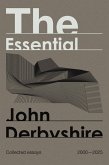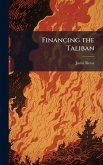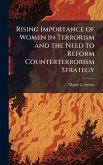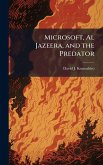This paper argues that US National Security Strategy and subordinate strategies portray global terrorism as the largest threat to the nation. This is not the case as the major threat to the United States is the global Salafi Jihadist insurgency. The current counterterrorism focus on national strategies is insufficient to counter a global insurgency. Additionally, US strategies do not thoroughly identify or prioritize individual root causes or preconditions that fuel the global insurgency. These shortcomings, among others, contribute to further hostility, prolong the war, and make victory questionable. In the course of answering these questions, this paper examines Salafi Jihadists to determine who they are, why they fight, and how they fight. It surveys eight US security strategies and documents to access the treatment of preconditions or root causes of both terrorism and the global Salafi Jihadist insurgency. The research reviews and accesses the 2006 National Security Strategy and global Salafi Jihadist strategy through comparative strategy analysis. The study concludes with recommendations to hone US national-level strategies' ability to better confront the global insurgency and enhance the role of the Air Force in the global fight. This work has been selected by scholars as being culturally important, and is part of the knowledge base of civilization as we know it. This work was reproduced from the original artifact, and remains as true to the original work as possible. Therefore, you will see the original copyright references, library stamps (as most of these works have been housed in our most important libraries around the world), and other notations in the work. This work is in the public domain in the United States of America, and possibly other nations. Within the United States, you may freely copy and distribute this work, as no entity (individual or corporate) has a copyright on the body of the work. As a reproduction of a historical artifact, this work may contain missing or blurred pages, poor pictures, errant marks, etc. Scholars believe, and we concur, that this work is important enough to be preserved, reproduced, and made generally available to the public. We appreciate your support of the preservation process, and thank you for being an important part of keeping this knowledge alive and relevant.
Bitte wählen Sie Ihr Anliegen aus.
Rechnungen
Retourenschein anfordern
Bestellstatus
Storno








